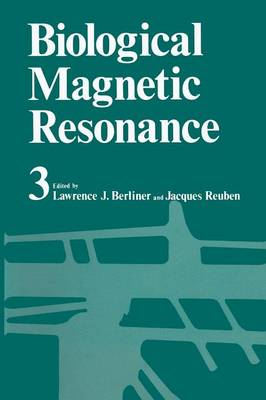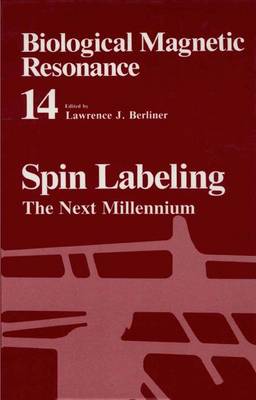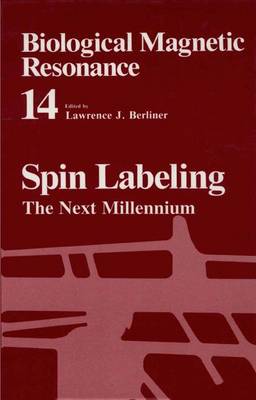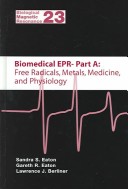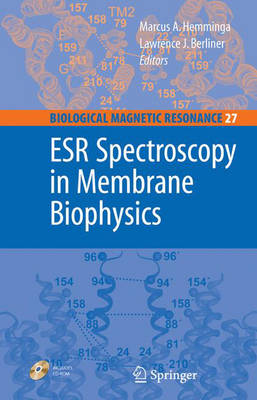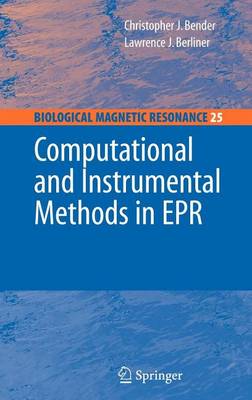Biological Magnetic Resonance
6 primary works • 7 total works
Book 3
Biological Magnetic Resonance Volume 3
by Lawrence J. Berliner and Jacques Reuben
We thank our colleagues in the scientific com- munity for their suggestions on future coverage-we will remain receptive to future suggestions and comments on this series. A tentative topic list for forthcoming volumes is given on the following pages.
Book 4
Biological Magnetic Resonance
by Lawrence Berliner, Jacques Reuben, and N. Rama Krishna
Book 9
Book 14
Book 24
Biomedical Epr
by Sandra S. Eaton, Gareth R. Eaton, and Lawrence J. Berliner
Biomedical EPR - Part B focuses on applications of EPR techniques and instrumentation, with applications to dynamics. The book celebrates the 70th birthday of Prof. James S. Hyde, Medical College of Wisconsin, and his contributions to this field. Chapters are written to provide introductory material for new-comers to the field that lead into up-to-date reviews that provide perspective on the wide range of questions that can be addressed by EPR.
Key Features:
EPR Techniques including Saturation Recovery, ENDOR, ELDOR, and Saturation Transfer
Instrumentation Innovations including Loop Gap Resonators, Rapid Mixing, and Time Locked Sub-Sampling
Motion in Biological Membranes
Applications to Structure Determination in Proteins
Discussion of Trends in EPR Technology and Prognosis for the Future
Book 27
ESR Spectroscopy in Membrane Biophysics
by Marcus A. Hemminga and Lawrence Berliner
Spectroscopic methods are not only important as an analytical tool, they also provide information about fundamental physical and chemical properties of molecules, the molecular and electronic structure, and the dynamic behaviour of molecules. Starting from a comprehensive quantum mechanical description, ESR Spectroscopy in Membrane Biophysics introduces the optical (IR, Raman, UV/Vis, CD, fluorescence and laser spectroscopy) and magnetic resonance (1D and 2D-NMR, ESR) techniques.
ESR Spectroscopy in Membrane Biophysics is a timely review of the increasing interest in using spin-label ESR as an alternative structural technique for NMR or X-ray diffraction. It is aimed at training an audience to learn ESR spectroscopy to determine membrane protein structures, conformational dynamics and protein-lipid interaction.
